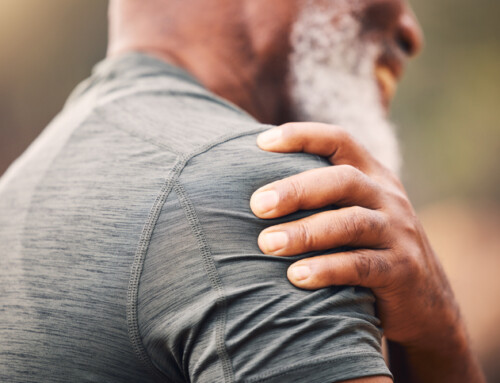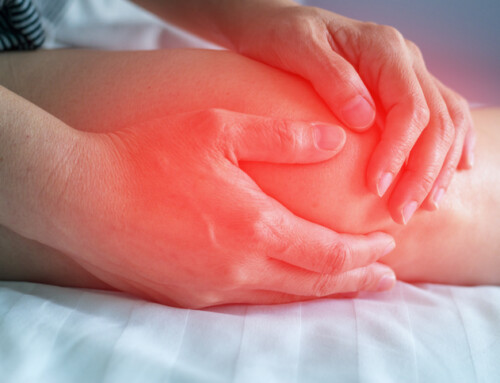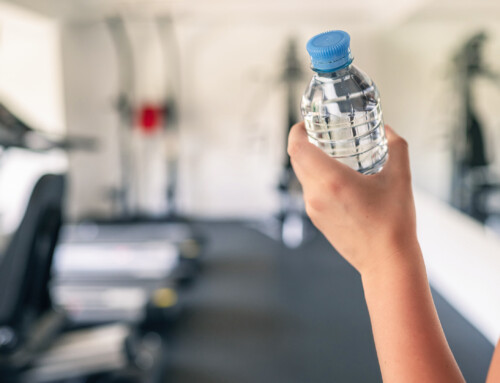by Andrew Parrella, SPT
Cupping Therapy: Function & Benefits
If you’ve come into any of our clinics for physical therapy, cupping therapy is likely something you have received. If not, you’ve at least seen it being done – cupping in physical therapy is a common treatment. But have you ever found yourself wondering what is this bizarre modality actually doing?
What is cupping?
Although cupping originated as a healing practice thousands of years ago in Asia, it is a relatively new intervention in the physical therapy world. There are a few different types of cupping that exist, but the one that we implement is known as dry cupping. Dry cupping is the use of silicone cups to generate negative pressure to suction up skin and tissues (fat, fascia, muscle, and nerves) into the cups causing a tensile stress on these tissues, and thus allowing for therapeutic processes to occur. By stretching the tissues and promoting blood flow to the targeted area, cupping can increase tissue mobility, promote tissue healing, facilitate fascial release, and ultimately decrease pain in that area.
What does cupping treat?
Cupping has been proven to be effective in the treatment of a multitude of diagnoses. Research supports its effectiveness in the treatment of low back pain, non-specific neck pain, impaired posture, myofascial pain syndrome, nerve entrapment, and plantar fasciitis amongst others. Given that this technique promotes blood flow to the targeted area, it is not indicated to be used on acute/highly inflamed areas.
How does cupping work for physical therapy?
In order to optimize the effects of cupping, it should be performed in conjunction with other physical therapy interventions, as opposed to just by itself. Interventions that can enhance the effectiveness of cupping are instrument assisted soft tissue mobilization, joint mobilizations, stretching, and therapeutic exercise.
It is important to note that cupping is not the most aesthetically pleasing of interventions, as the cups are likely to leave circular marks on your body, that some say resemble marks left by an octopus. This is nothing to worry about, as the marks are typically not tender, and will dissipate in no more than a couple of days.
Call 518-289-5242 at any time to make an appointment at one of our three clinics in Upstate NY. We can provide more information on cupping in physical therapy, or treatment for sports related or chronic pain.






